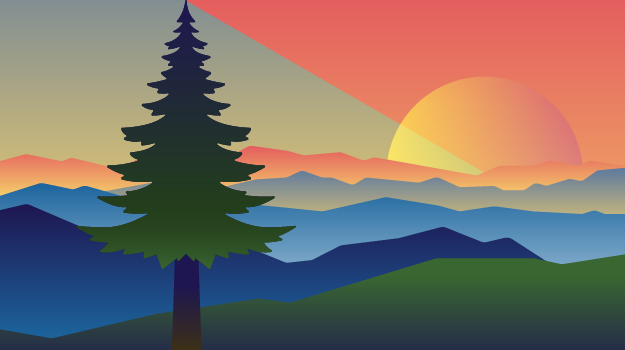Events
11 October-11 November: NASA GLOBE Trees Challenge 2022: “Trees in a Changing Climate”
Event Time: 08:00 am ET - 08:00 pm ET
Location: Virtual

The GLOBE Program invites you to participate in the NASA GLOBE Trees Challenge 2022: “Trees in a Changing Climate.” The challenge will run from 11 October through 11 November.
Trees and climate are intricately linked. Trees cool and moisten our air, fill it with oxygen, store carbon, create shade and habitats for other creatures, anchor the soil and slow the movement of water, and provide food, fuel, and building materials for human activities. Forests are considered one of the world’s largest banks for the carbon emitted into the atmosphere through natural processes and human activities, since trees store carbon as they grow. Carbon calculations help scientists forecast climate change.
Tracking how trees are changing over time – both in height and in the number of trees that make up an area – is also a good indicator of an ecosystem’s health in a changing climate. Both tree height and trunk circumference can also help to measure biomass, the total mass of living material above ground in a particular area. The Global Learning and Observations to Benefit the Environment Program invites you to take part in our upcoming Trees Challenge: “Trees in a Changing Climate,” and contribute data toward a better understanding of trees and forests.
The Trees Challenge follows the Land Cover Challenge held in July/August 2022, which focused on observations of land cover change and comparisons to the 50-year record of Landsat satellite imagery. The continued observations of our environment by measuring tree height and tree circumference using the Trees tool in the GLOBE Observer app will help provide even more data to be used by NASA scientists and student researchers. After all, trees are land cover! The data collected by volunteer scientists on the ground can be compared to the space-based tree height data from the Ice, Cloud, and land Elevation Satellite-2 (ICESat-2) and the Global Ecosystems Dynamics Investigation (GEDI) instrument on the International Space Station. All of the observations from various sources allow scientists to create global maps of land cover and forests and can help us understand how our planet is responding to a changing climate. With the 3.03 trillion trees and 78,000 tree species on Earth, we are constantly striving to build and sustain the global inventory of tree height observations and to collect as many tree circumference measurements as possible. Scientists especially need data from multiple trees in areas that contain many trees. This data density is a way for scientists to build a more robust dataset of the tree heights from the ground and space.
Help us estimate the number of trees that make up your area and contribute to tree and climate science by sharing your observations of trees.
How to participate:
- Download the GLOBE Observer app and register an account.
- Estimate heights of trees around you using the Trees tool.* (Remember to always be safe and follow local guidelines when observing.)
- Optionally, use a tape measure to add data about tree circumference to your observations.
- Comment in the field notes about any changes you know have occurred in the area you took the tree heights, and if the trees appear healthy, unhealthy, or dead.
*A single tree height observation with the GLOBE Observer app takes 2-3 minutes. To take an observation, you will record the angle from the bottom to the top of the tree, walk to the tree and count your steps (to determine the distance) and report on surface conditions. The app will use that information to calculate an estimate of the tree’s height. An optional, but important step, is measuring the circumference of the tree. Even a basic observation without optional elements is valuable!
You can also participate by checking out all the fun activities in the GLOBE Trees Family Guide. The GLOBE Trees Family Guide is a place to learn, with family and friends, all about trees. With the GLOBE Trees Family Guide, you can look at tree-related science themes, such as tree height, trees and carbon, impacts on trees, and trees as habitats, through a series of science journeys. The journeys are built for specific age groups of learners.
Please follow The GLOBE Program on social media (Facebook, Instagram, and Twitter). Video presentations from tree and climate scientists will be released weekly throughout the challenge period.
For more information, click here.
Event Topics: Campaigns and Projects (IOPs, etc)Events origin: GLOBE Implementation Office





